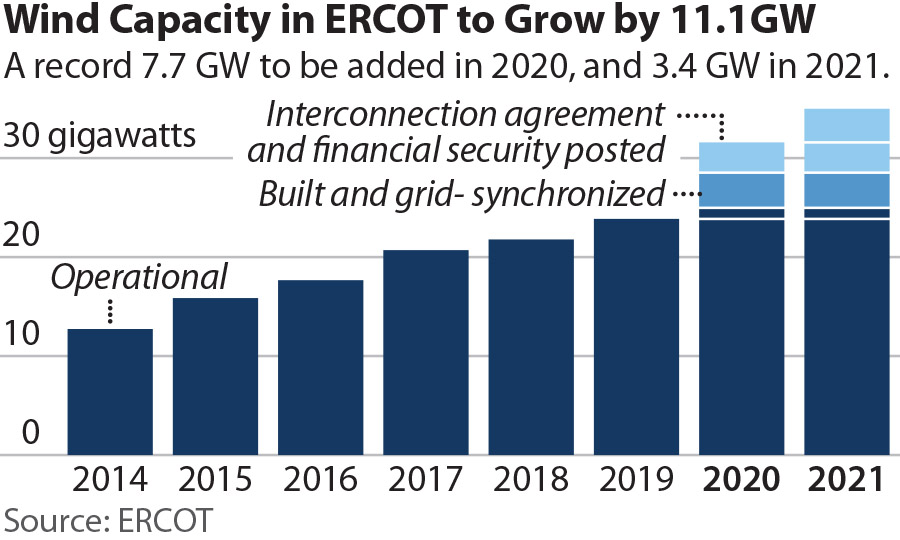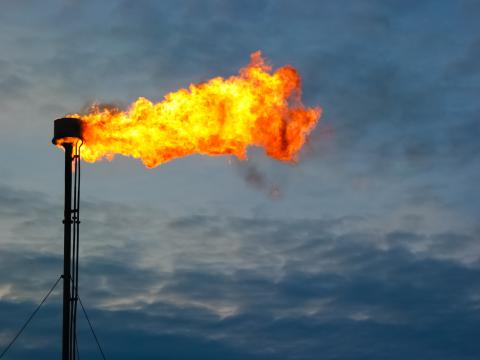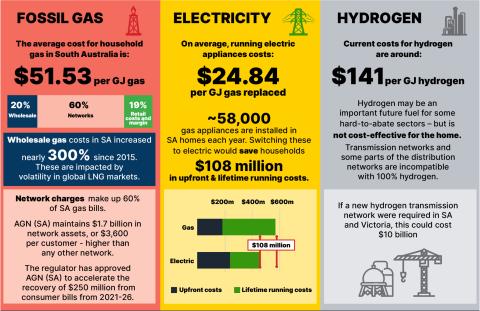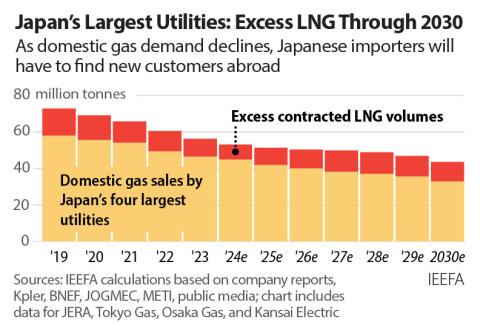IEEFA U.S.: As oil and gas wane, Texas wind industry ascends

August 10, 2020 (IEEFA) — The wind industry in West Texas continues to create jobs, increase local tax revenues and drive economic development in an area known historically for its boom-and-bust oil cycles, concludes a report published today by the Institute for Energy Economics and Financial Analysis (IEEFA).
The report—As Oil and Gas Wane, Texas Wind Industry Ascends—details how rising corporate demand, strong investor interest, and bipartisan political support have turned the Lone Star State into a world-class center for profitable wind-powered electricity generation.
“Texas is the wind-savviest state in the nation, and its growing number of wind farms are widely and correctly perceived as good investments, job creators, tax-base solidifiers, and engines of economic growth,” said Karl Cates, an IEEFA analyst and lead author of the report.
The report includes a case study of Nolan County, a community of 15,000 at the edge of the troubled oil and gas-driven Permian Basin, and a prime example of how the renewable energy industry has buffered some local economies from the devastating effects of a declining fossil fuel industry.
The report details also how wind remains a high-growth segment of the Texas energy sector, estimating that Electricity Reliability Council of Texas (ERCOT), the state’s main distributor of electricity, will see at least a 45% increase in its wind-generation capacity over this year and next, to 34,648MW by the beginning of 2022. ERCOT controls most of the state’s electricity market.
The industry’s impact in Nolan County:
- Tax revenues have increased, driven significantly by the wind industry, which today makes up 6 of the top 10, and 11 of the top 20 property taxpayers.
- More jobs and higher wages have come to the county, where the unemployment rate has dropped with the rise of wind and where wind-energy workers are paid on par with oilfield employees.
- The county seat of Sweetwater has drawn a range of wind-energy service businesses and is home to Texas State Technical College, which graduates 50 to 75 wind technicians per year.
- Knock-on utility-scale solar is emerging as a companion industry to wind farms.
- Lease payments that typically range from $10,000 to $20,000 annually per tower are keeping longtime property owners on the land and creating significant community cash flow.
Additional report excerpts:
- “Nolan County is no isolated example, surrounded as it is by thousands of megawatts of new wind projects coming online now through January 2022.”
- “Considering the health and momentum of the wind industry alongside the state’s up-and-coming utility-scale solar project pipeline, growth in the Texas energy industry stands to be driven more by renewables than by gas and oil production.”
- “What happens in Texas will not necessarily stay in Texas, as customer and investor preference, cost considerations, and political and public support very likely will continue to drive wind industry expansion.”
- “The Nolan County example can and will be replicated elsewhere.”
Full report here: As Oil and Gas Wane, Texas Wind Industry Ascends
Author Contacts
Karl Cates is an IEEFA transition policy analyst, +1 (917) 439 8225, [email protected]
Brent Israelsen is an analyst and report co-author, +1 (202) 413-3002, [email protected]
Seth Feaster is an IEEFA data analyst, +1 (917) 670-4025, [email protected]
Media Contact
Vivienne Heston ([email protected]), +1 (914) 439-8921
About IEEFA
The Institute for Energy Economics and Financial Analysis (IEEFA) examines issues related to energy markets, trends and policies. The Institute’s mission is to accelerate the transition to a diverse, sustainable and profitable energy economy.












